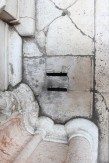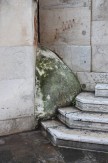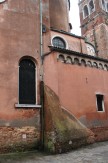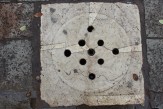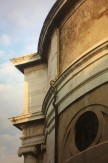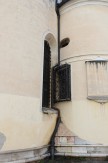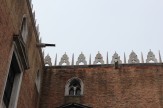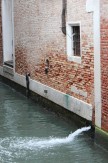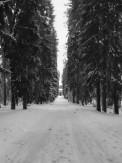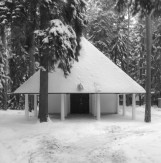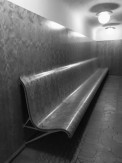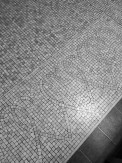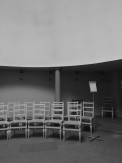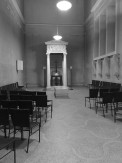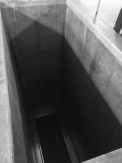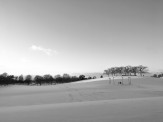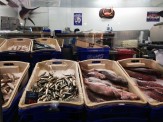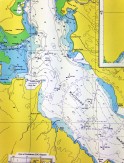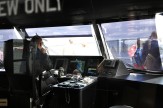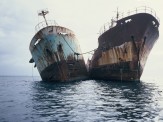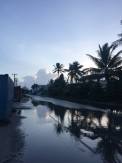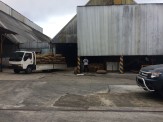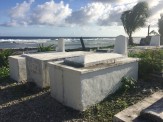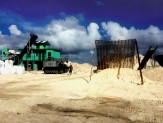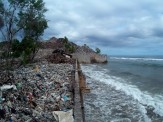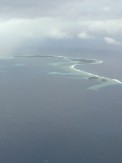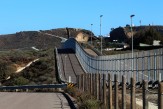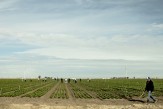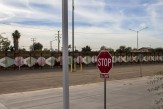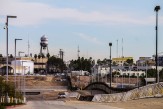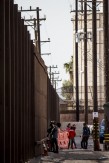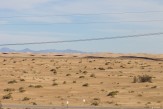2016–2017 Fellowship Recipients
Aelitta Gore | Venice, Italy
Solveig Gunnarsdottir | Stockholm, Sweden
Ian Alexander Houser | Annandale-on-Hudson, NY
Hui Rong Ines Liu | Sydney / Melbourne / Hobart, Australia
Wilson James Muller | Majuro, Republic of the Marshall Islands
Stephanie Restrepo | US / Mexico border
Projects
-
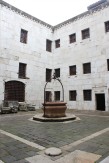
Aelitta Gore
-

Sólveig Gunnarsdóttir
-
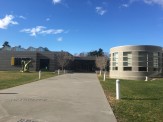
Ian Houser
-
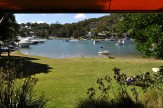
Hui Rong Liu
-

Wilson Muller
-
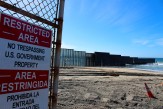
Stephanie Restrepo
Back
Aelitta Gore
Aelitta Gore traveled to Venice, Italy to study the cisterns that once collected all the city’s drinking water. She intended to respond to the current challenges facing the sinking campi of Venice by imagining a new way for these structures to be reused and reinvented through a contemporary city-wide water collection system.
Sólveig Gunnarsdóttir
Sólveig Gunnarsdóttir traveled to Skogskyrkogården, a cemetery located south of central Stockholm, Sweden. She experienced firsthand the radical sensitivity and elegant qualities of the architecture of Gunnar Asplund and Sigurd Lewerentz.
Ian Houser
Ian Houser visited the Center for Curatorial Studies at Bard College in Annandale-on-Hudson, New York. His research linked the development of SoHo’s artistic community with the end of its legacy as an artist colony. CCS Bard, an independent research institution, also provided context for the current state of contemporary art in the Lower East Side gallery scene.
Hui Rong Liu
Hui Rong Liu traveled from Taiwan to Tasmania, Australia to study the salmon production and distribution chain in the South Pacific. Her aim was to unveil the invisible architectures of salmon production and to envision an urban model that aligns with networks of economic and environmental flows.
Wilson Muller
Wilson Muller traveled to the Marshall Islands. His ambition was to understand how this once insular culture has adapted to the forces of westernization and global consumerism and to examine how the effects of rising tides have directly impacted Marshallese communities.
Stephanie Restrepo
Stephanie Restrepo traveled along the Mexico–United States border. She discovered that the border is much more than just a stretch of barriers separating two countries—its form, scale, and character are highly dependent on its various geographic and economic attributes.

